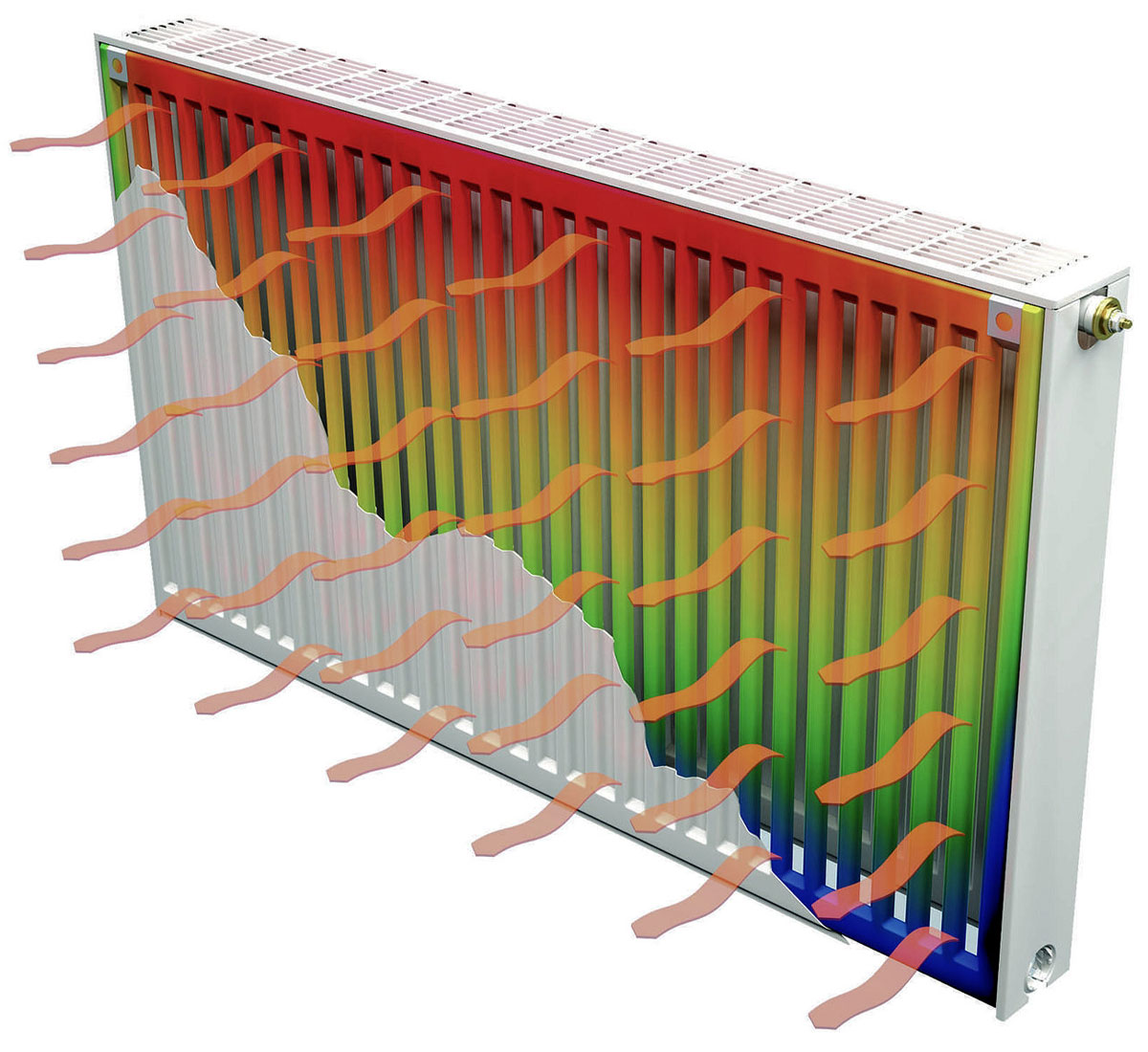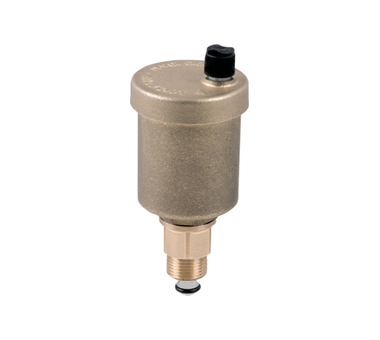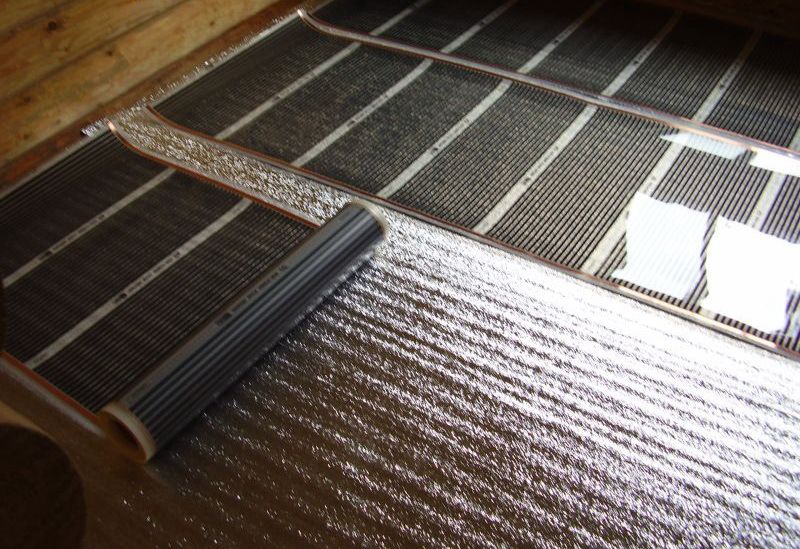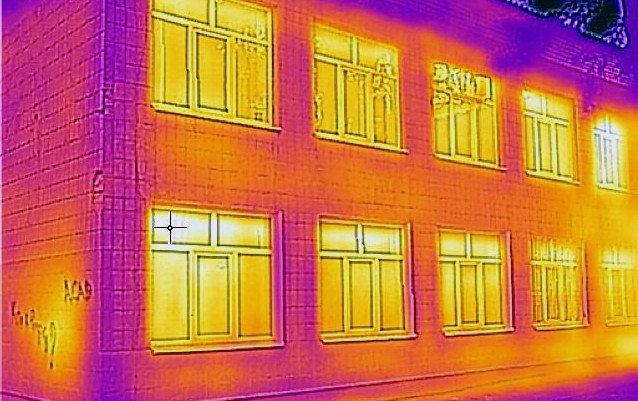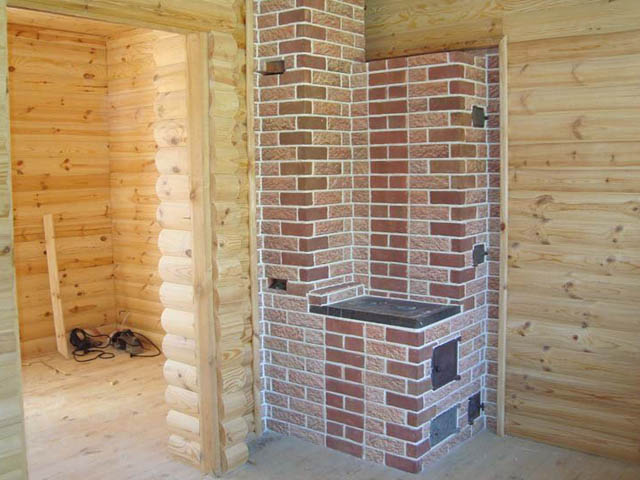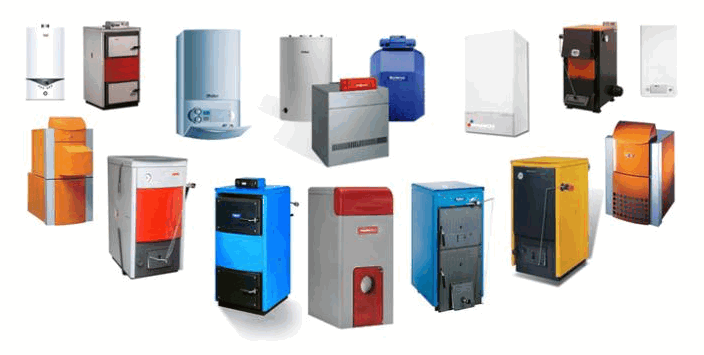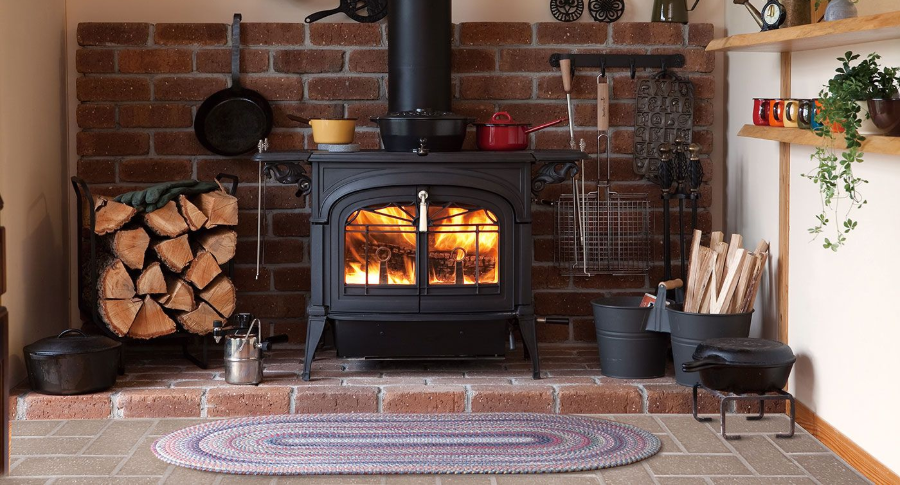When installing a heating circuit located in a polystyrene floor covering, it will be necessary to securely fix the underfloor heating pipeline and cable on the base provided for them. For these purposes, various types of fasteners such as harpoons, mounting tape and similar devices are used. The most effective tool is considered to be an anchor bracket for a warm floor, used exclusively on rigid bases. Users should familiarize themselves in more detail with the original type of fastening, as well as understand all the intricacies and features of its design. Many experts and amateurs are also interested in the selection of products suitable for the stated purposes.
Description of anchor shackle
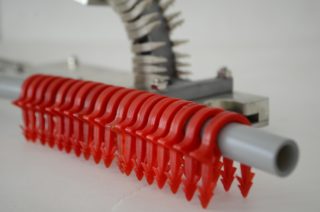
The fastening of pipes to the floor surface by means of special brackets is organized according to time-tested methods, which are based on a manual or semi-automatic principle. These methods are especially effective on turns or bends of thermal circuits with a significant length of routes being laid. On extended sections of the pipeline, the fixation points are located at a distance of about 50 cm from one another, and in the fracture zones this interval decreases to 10 cm. Compliance with this step allows the pipes to be fastened efficiently and reliably, significantly extending their service life.
Anchor shackles are made of a material characterized by increased strength and capable of withstanding significant overloads. The design of the fastening element provides for special spacers, thanks to which the teeth and clamps of the pipeline are fixed as reliably as possible. Upon completion of the installation of such products, it is almost impossible to unclench them without an outside tool.
Specifications
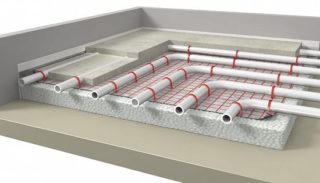
Anchor shackles in the category of anchoring devices are classified according to the typical size corresponding to the width of their base anchorage. This parameter is decisive when reviewing their technical characteristics. According to the existing classification, they are divided into samples of the following type:
- U-shaped clamps of the "STK" brand, suitable for fastening pipe blanks of various diameters;
- plastic anchors used for fixing pipes of the "DN 16" type in the "water underfloor heating" system;
- the same products designed for pipe size "Du 20".
In the practice of installing underfloor heating systems, 16 mm anchor brackets for underfloor heating are especially common, which are optimally suited for fastening to foam polystyrene insulating flooring plates. The dimensions of such a bracket are about 51 mm in height. It contains in its design double hooks, thanks to which the fixed pipe is securely attached and does not jump out of the insulation material.
Anchor products are suitable for the installation of underfloor heating from such well-known manufacturers as Uponor, Rehau, KAN and others. The approximate consumption of U-shaped staples of the "STK" brand is 2 pieces per one running meter. They are made in the form of red clips that contrast well with the gray plastic pipes.
Advantages and disadvantages

The advantages of anchor brackets include:
- high speed and ease of installation of products in comparison with other methods;
- reliability of fastening of pipe blanks;
- durability;
- relatively low cost.
The fastening element is allowed to be used to fix other types of pipelines that are not related to the warm floor. Due to the presence of protective plastic teeth, the products in question are highly resistant to shock loads. The disadvantages of fasteners of this class include the laboriousness of installation on some types of water and electric underfloor heating.
Installation technique
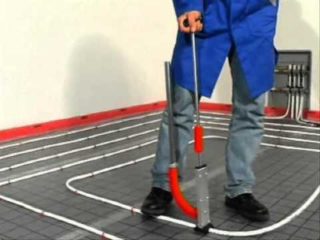
The most common use of anchor brackets is considered to be the fastening of underfloor heating elements with a standard size of 16 mm. Laying the structure with their help is organized according to the instructions prescribing the following sequence of operations on polystyrene plates:
- The floor base is cleaned of accumulations of dirt and dust, as well as of debris remaining after construction work.
- The floor surface is carefully leveled, and too large differences in height are eliminated by means of a self-leveling mixture.
- After setting, a layer of polyethylene film is laid on a flat surface, used as waterproofing protection.
- Its individual pieces are wound one under the other, and the overlap is then sealed with construction tape.
- The surface is laid with a typical edge band, on top of which polystyrene mats are laid out with a slight offset.
- The latter are fastened together by means of a special type of locks.
- The thermal circuit is laid out directly on the surface of the polystyrene coating.
At the final stage of arranging a water-heated floor, they move on to fixing pipelines based on polypropylene on a previously prepared base. For this, anchor shackles that have already been selected in size are used. Upon completion of this stage of installation work, the entire structure is closed on top with two layers of gypsum fiber blanks.
Automation of installation of anchor brackets
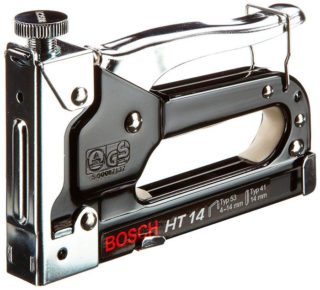
A common practice among professionals is that a special device called a "tacker" is used to fix the pipes. The latter accommodates at least 120 anchor brackets, installed in a semi-automatic mode. If you use the pre-applied marking of the installation locations, this device can be used to fix the pipe quickly and reliably.
The disadvantage of such devices is considered to be their high cost and the need for preliminary assembly of a set of staples. In the domestic market, branded products of this class are extremely rare. Most often, these devices are used by experienced craftsmen or professionals working in the construction field.

